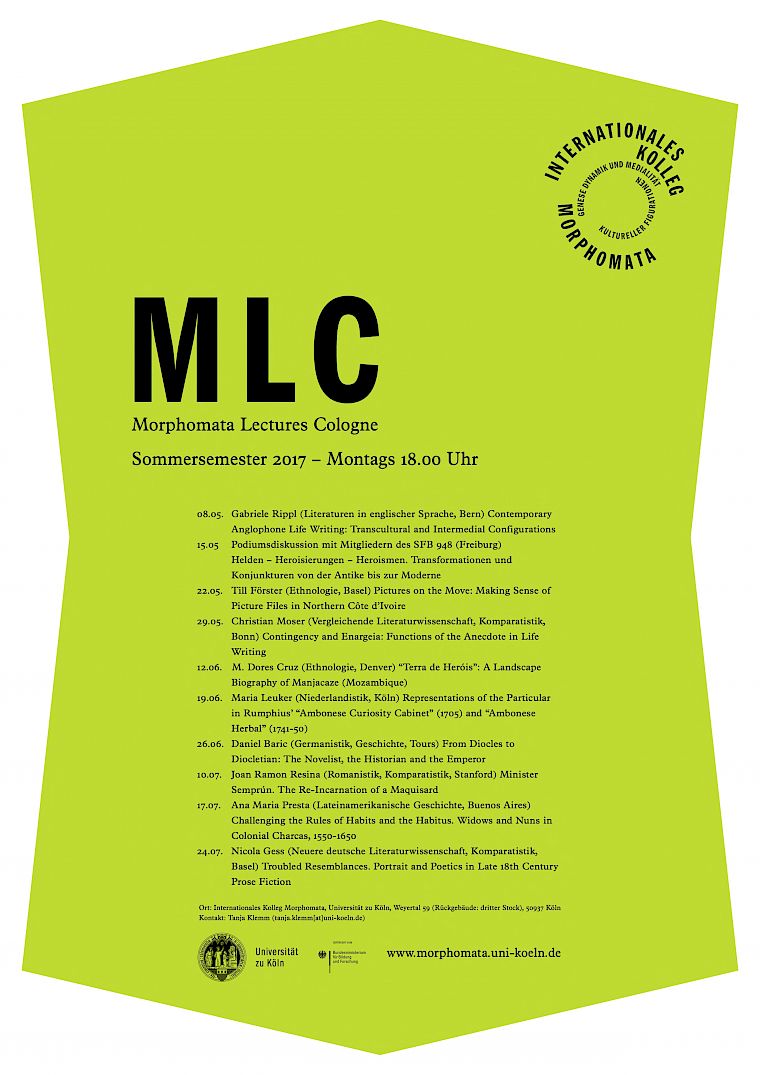There are few media that are as mobile as photographs in all their medial forms. Photoprints are easy to carry, and picture files are easily transferred from one device to another. With them, they carry the perspective of photographers and their view of the world. When cameras became cheaper and easier to handle, their professional views were increasingly replaced by those of ordinary people who did not care much about the rules that photographers had learned during their apprenticeships. When smartphones found their way into African societies, photos were finally shot by almost everyone who owned such a phone. Today, the files are instantly sent from one phone to the other, published on facebook, flickr and other media. Pictures lost the exclusivity that they once had and became a popular medium of expressing one’s relation to the world as well as one’s contemporaries.
Very much as in the Global North, this transformation has affected the ways how ordinary people situate themselves in a social context and how they imagine their own place in their future life-worlds. Neither the historical background nor the cultural articulation of sameness and difference conform to the trajectories that Western society has experienced over the past two decades. This article hence looks at how the circulation of pictures, both as photoprints and as picture files, informs cultural change in Northern Côte d’Ivoire and how pictures are used to imagine the future of the social. It examines how photoprints were passed around among younger and elder people in the late 20th century and how such practices affect the imagination of those who temporarily own and eventually preserve them today. It then compares the older use of photos as media with the current proliferation of picture files on mobile devices such as smartphones and, to a lesser degree, tabloid computers.
The main argument is that such practices do not foster a devaluation of the picture but rather endow it with new meanings that it did not have before. Building on the presumed indexicality of the photoprint, picture files are used in a complementary way that allows the actors to re-enforce the claims to reality of the other, older media. These new meanings are used to imagine alternatives to the existing state of the social, projecting the hopes and wishes of those who produce and use them onto an imaginary future that they want to live one day.
Response: Martin Zillinger (Universität zu Köln)


